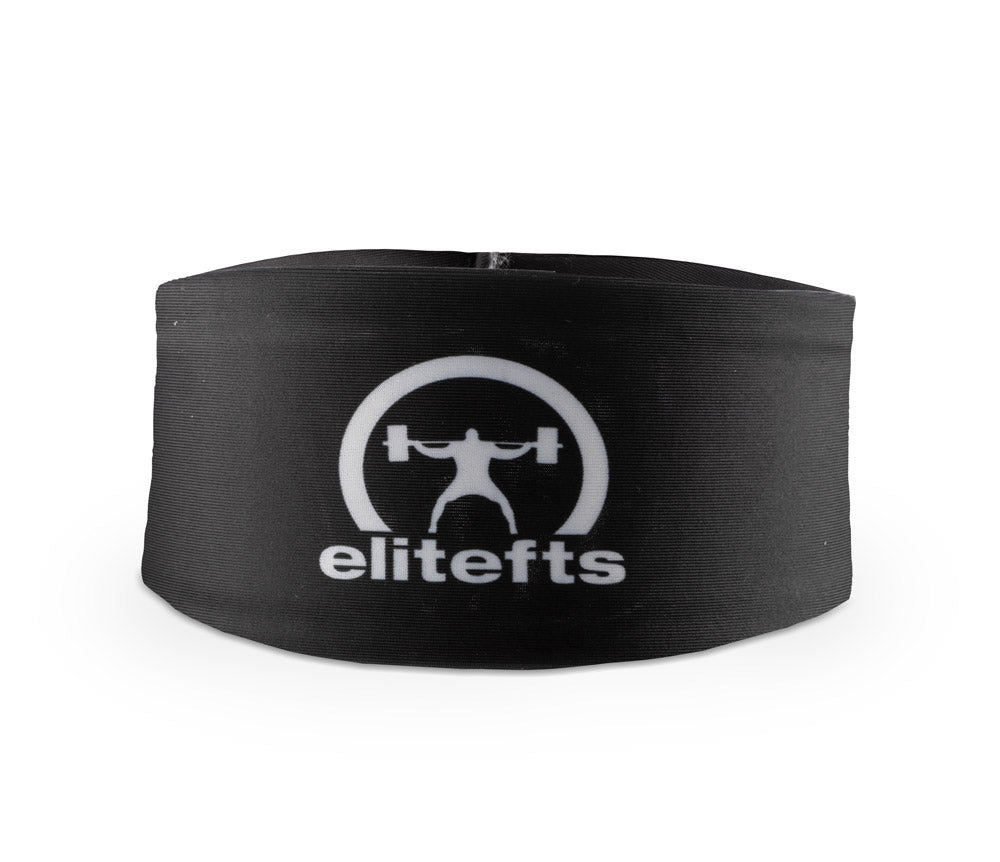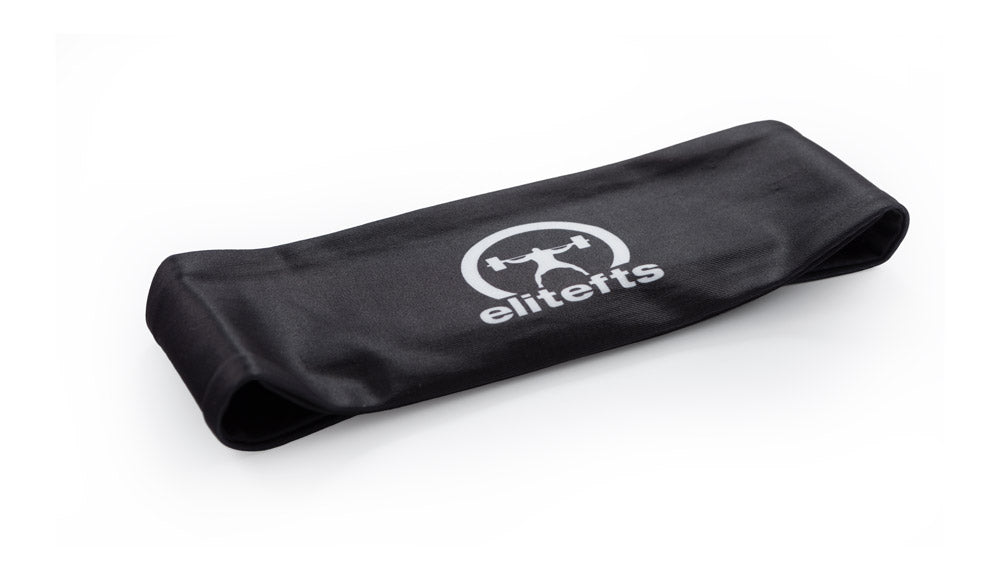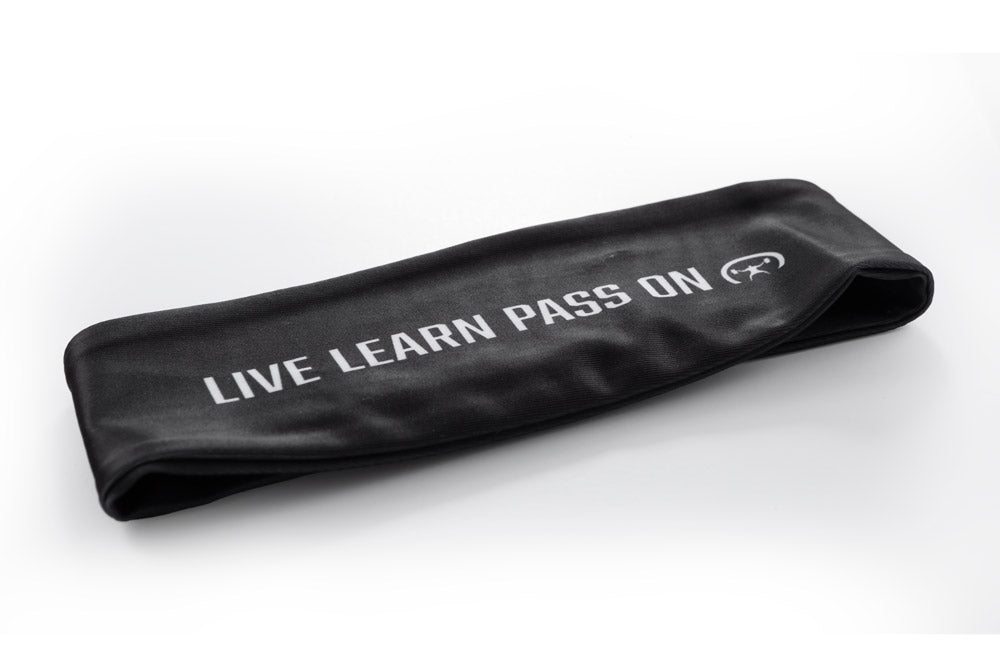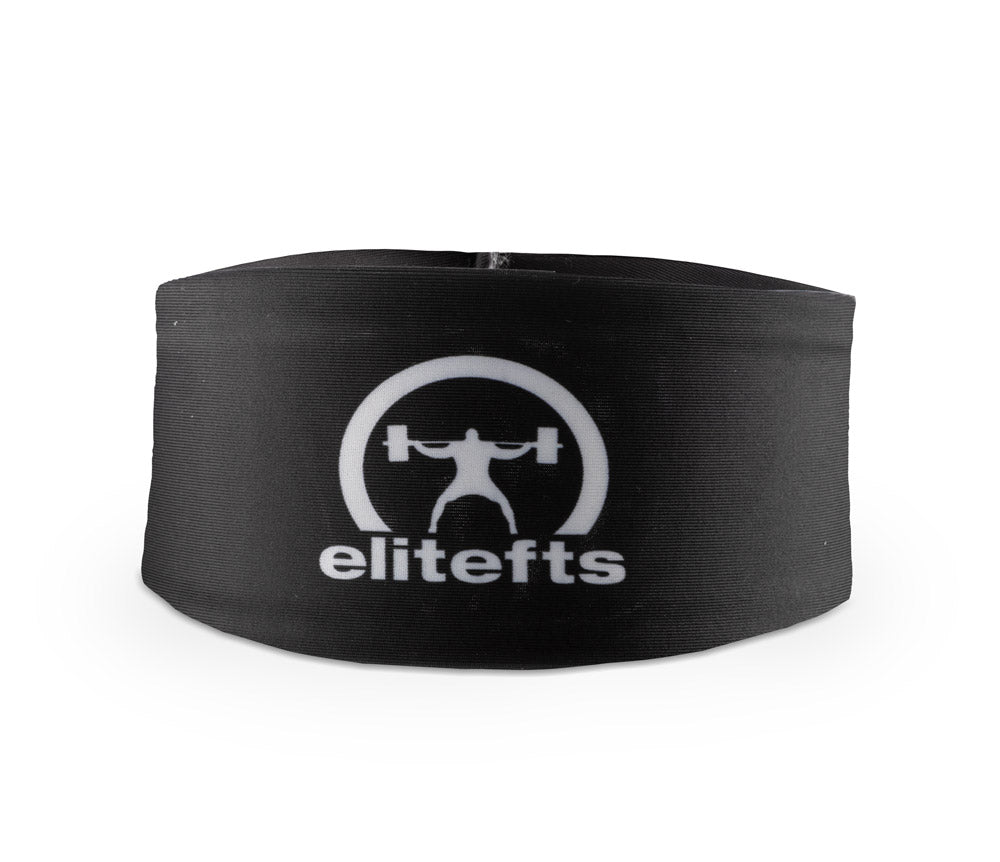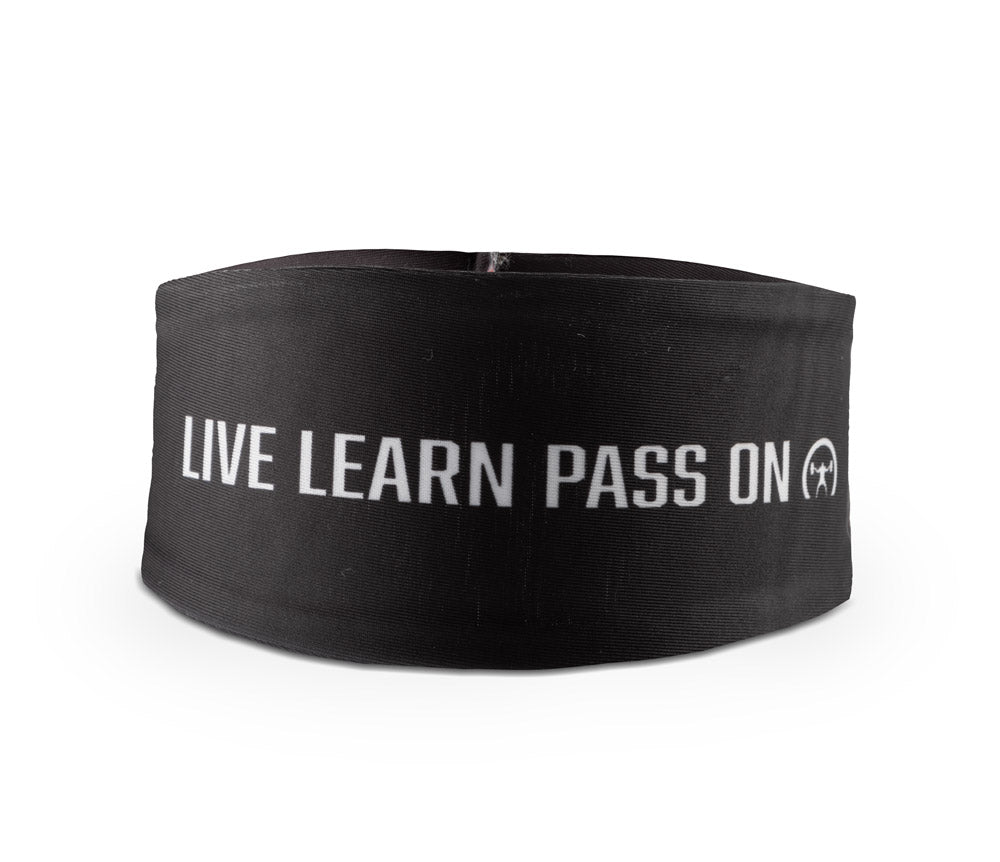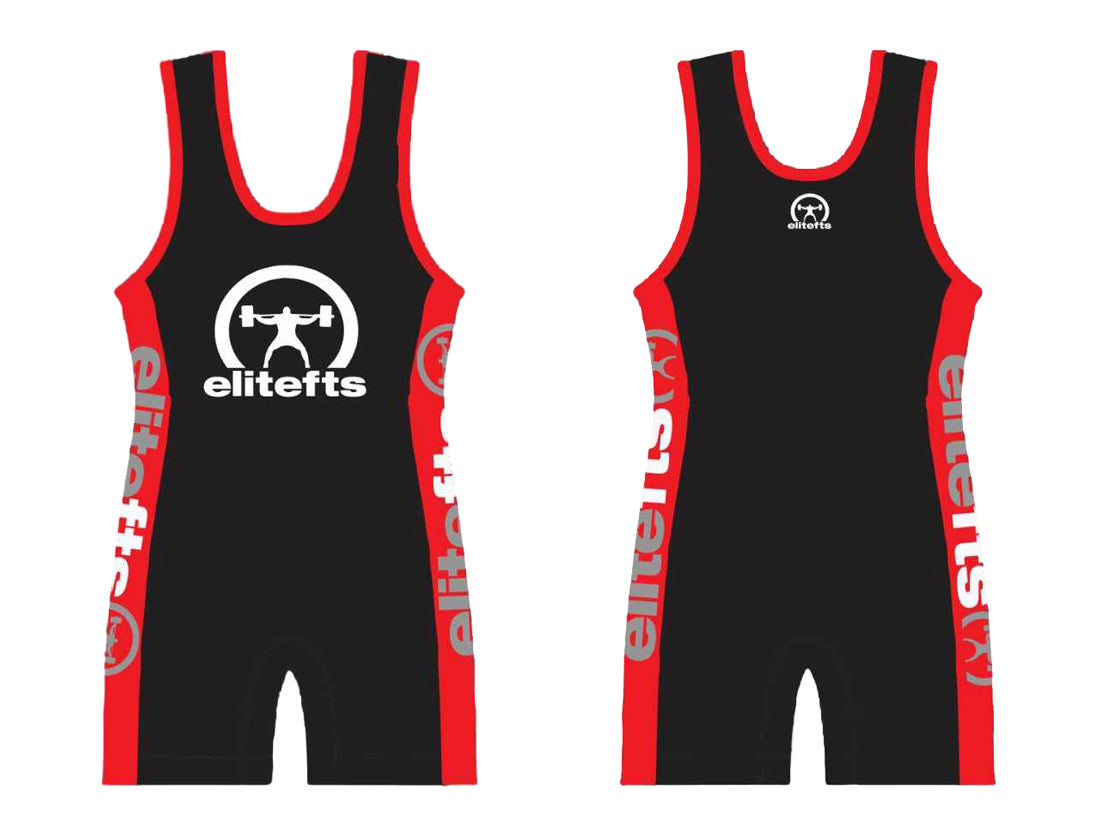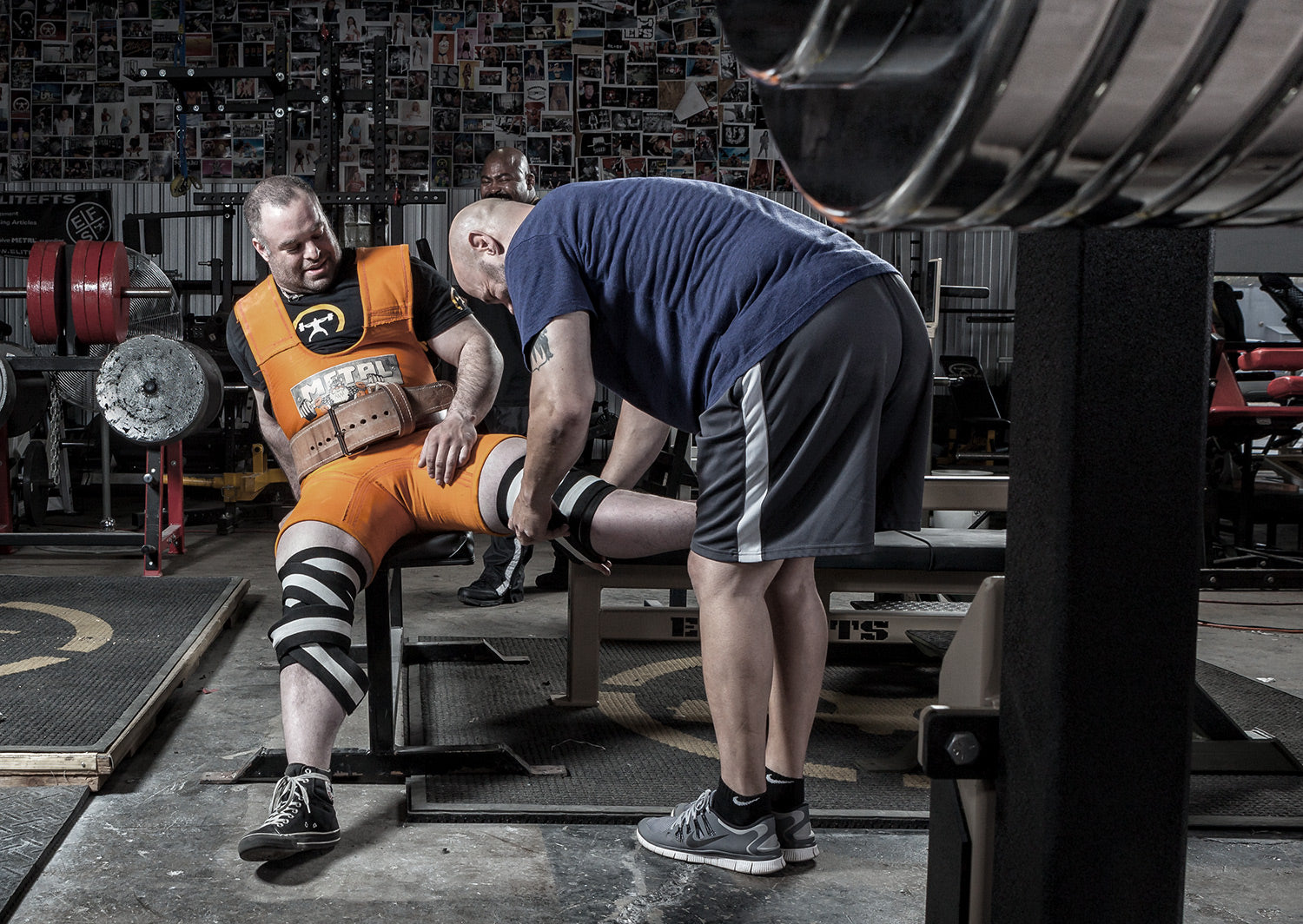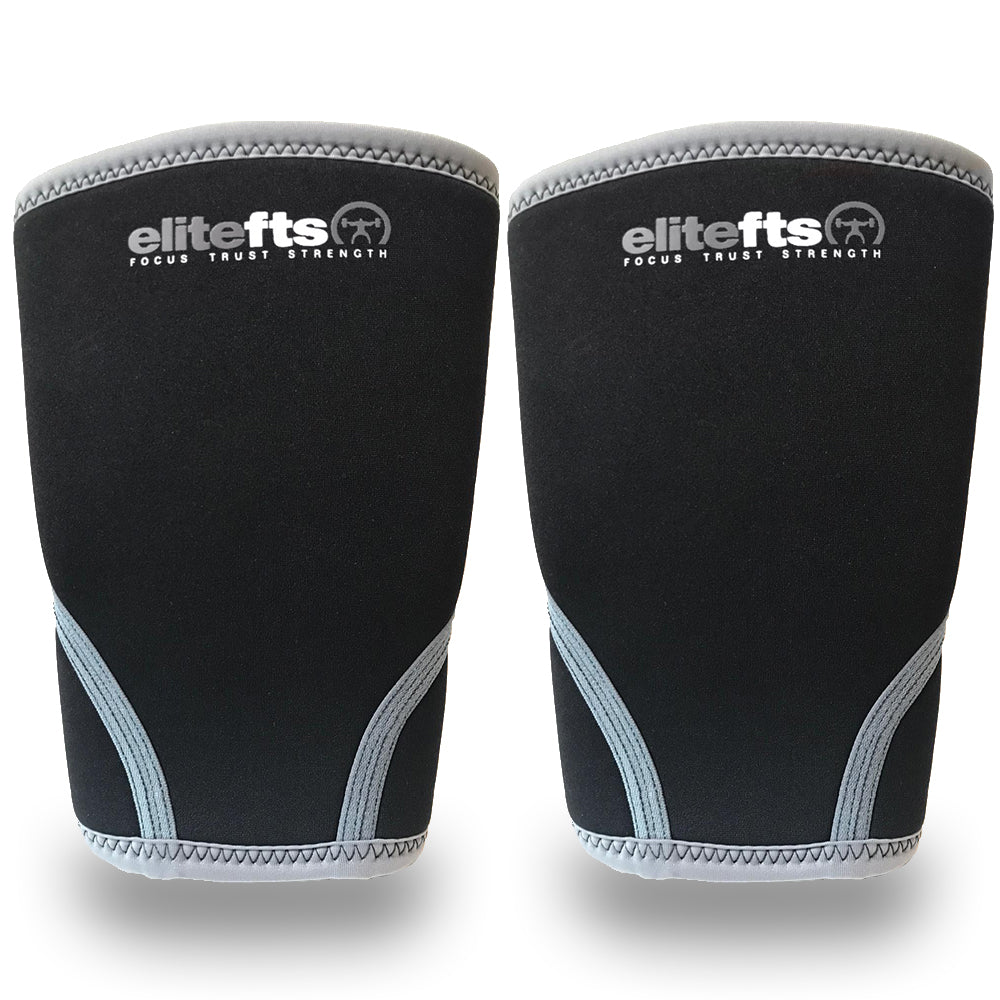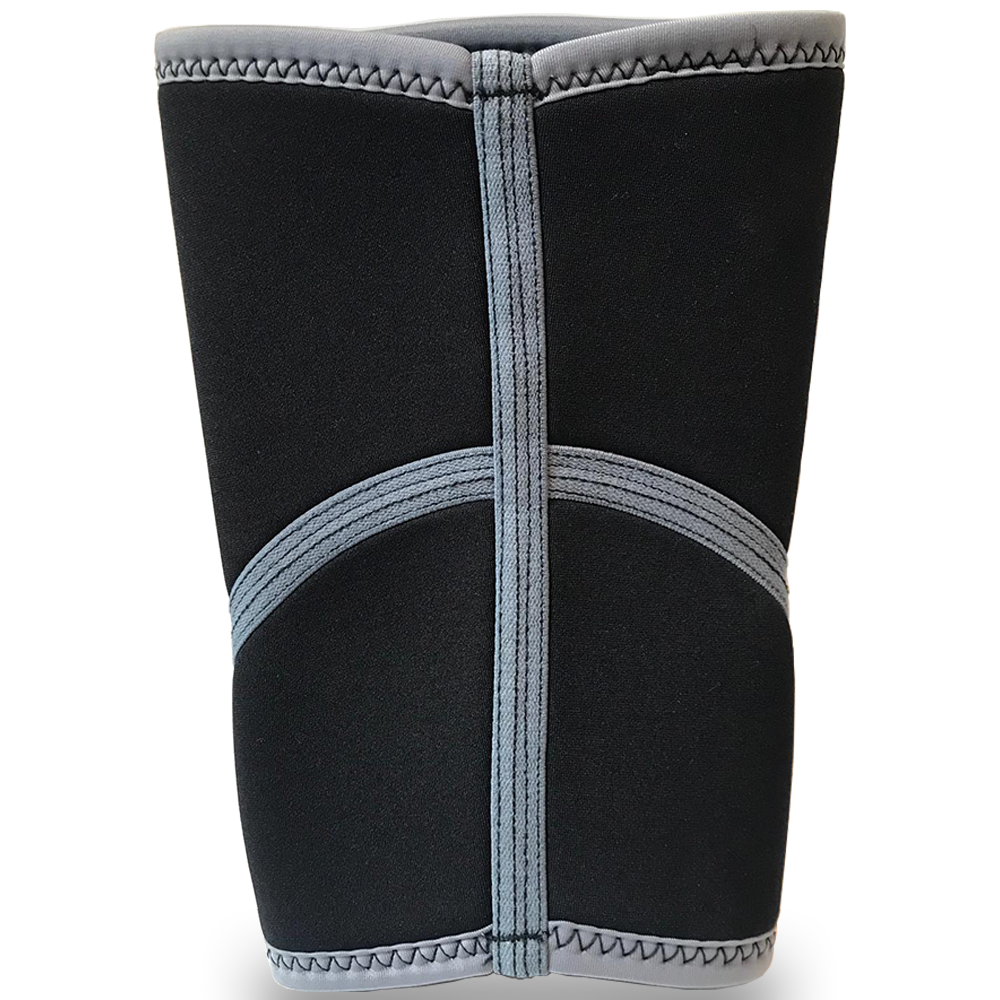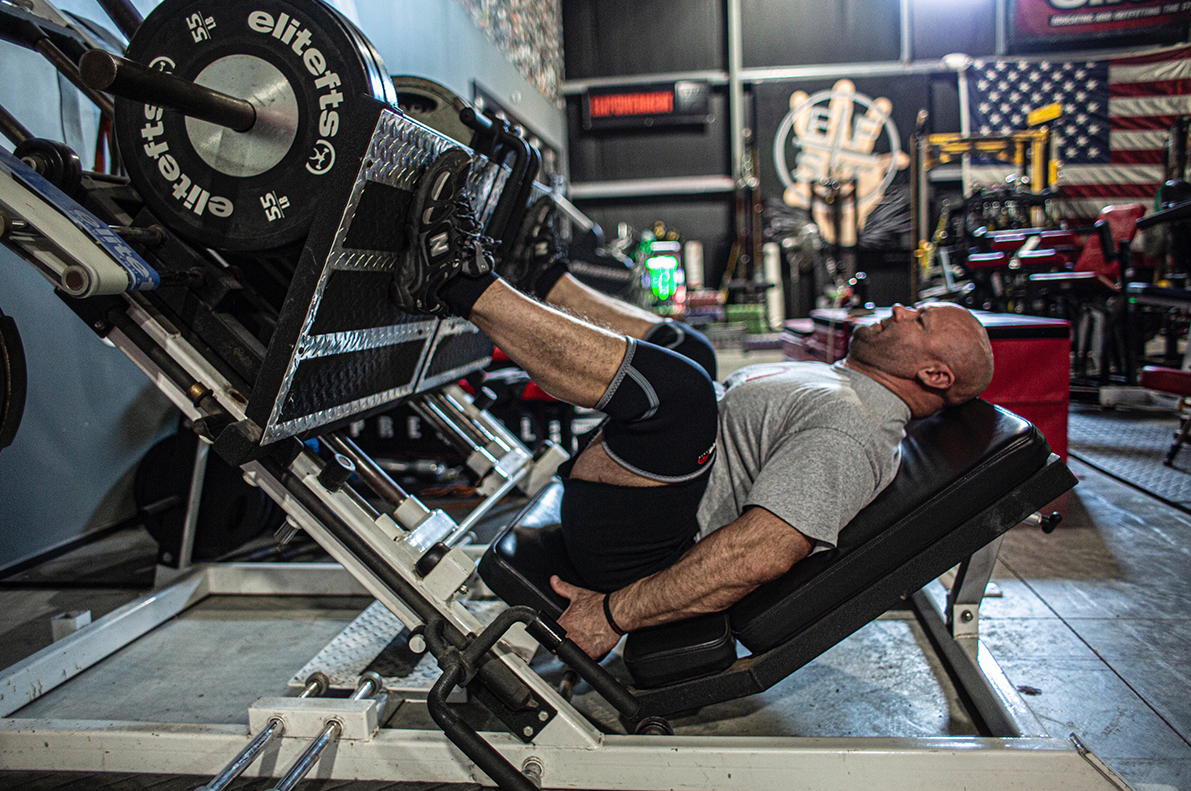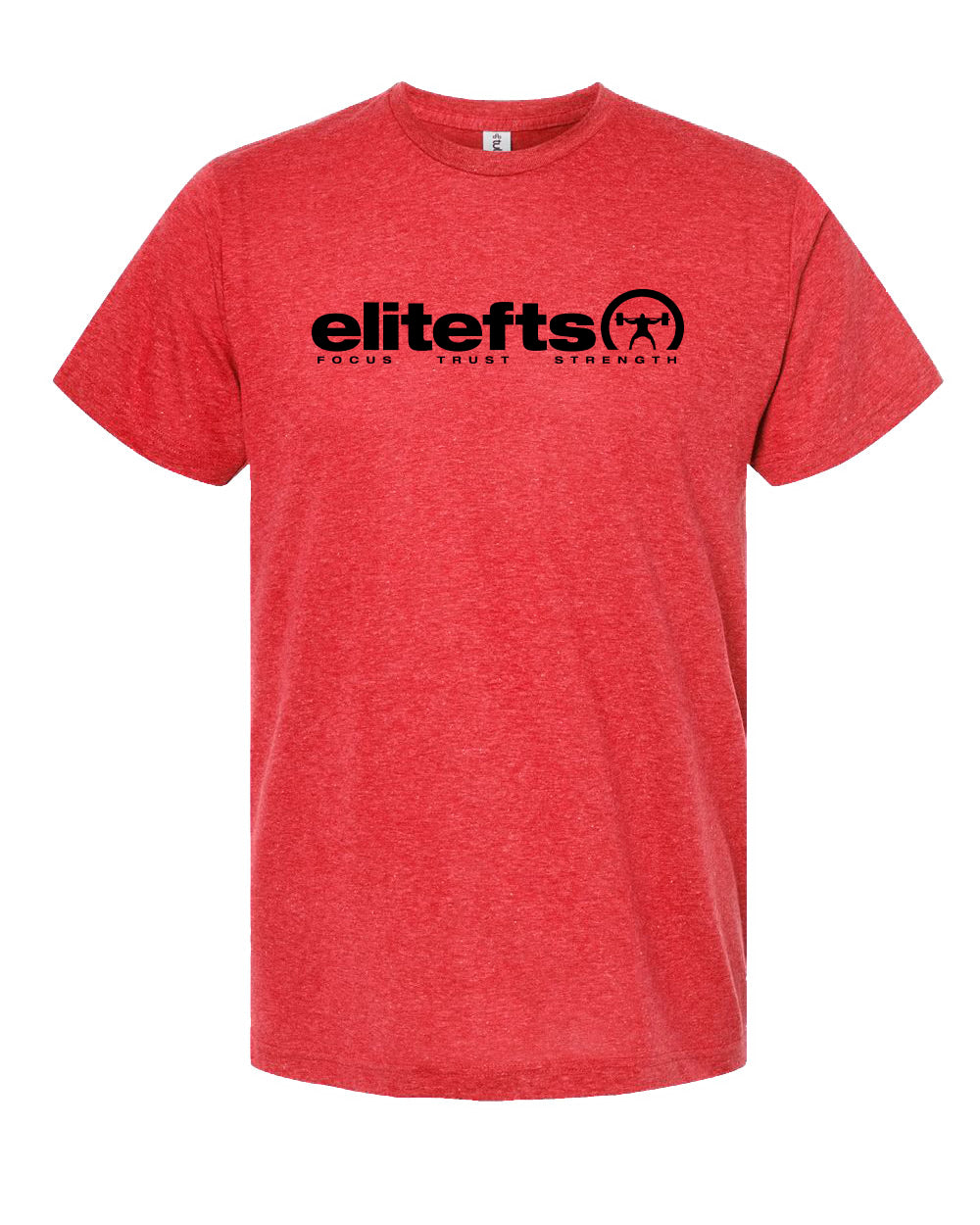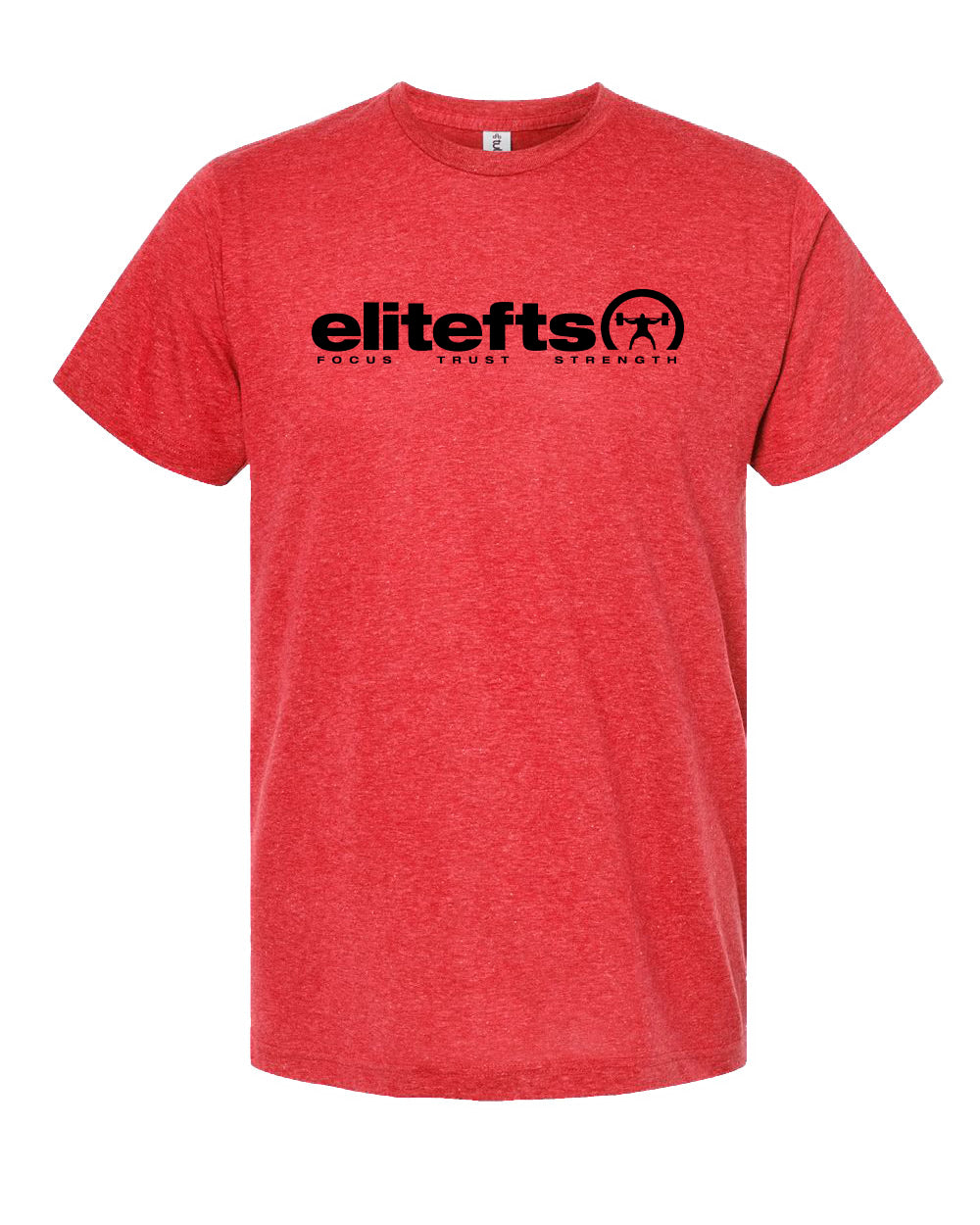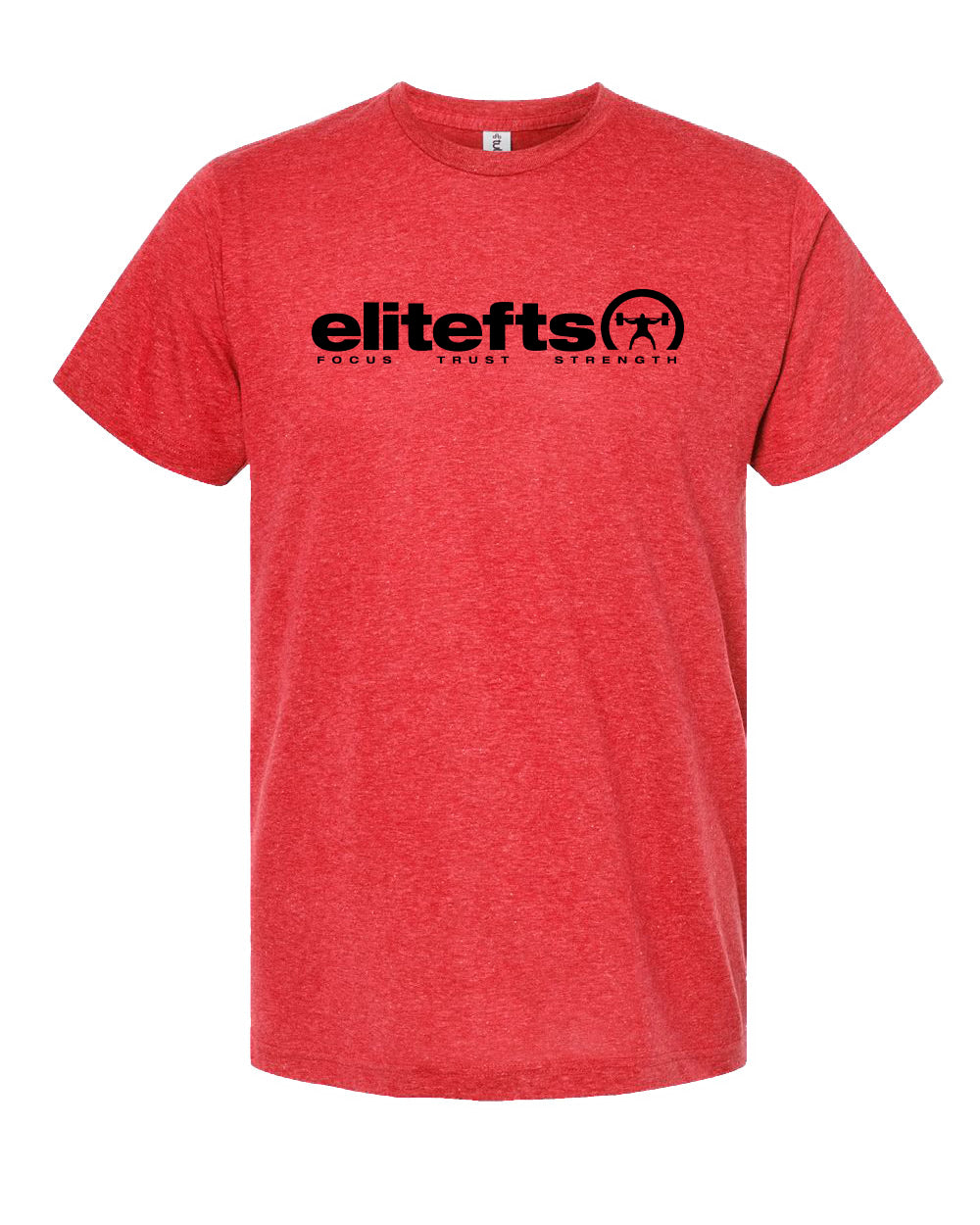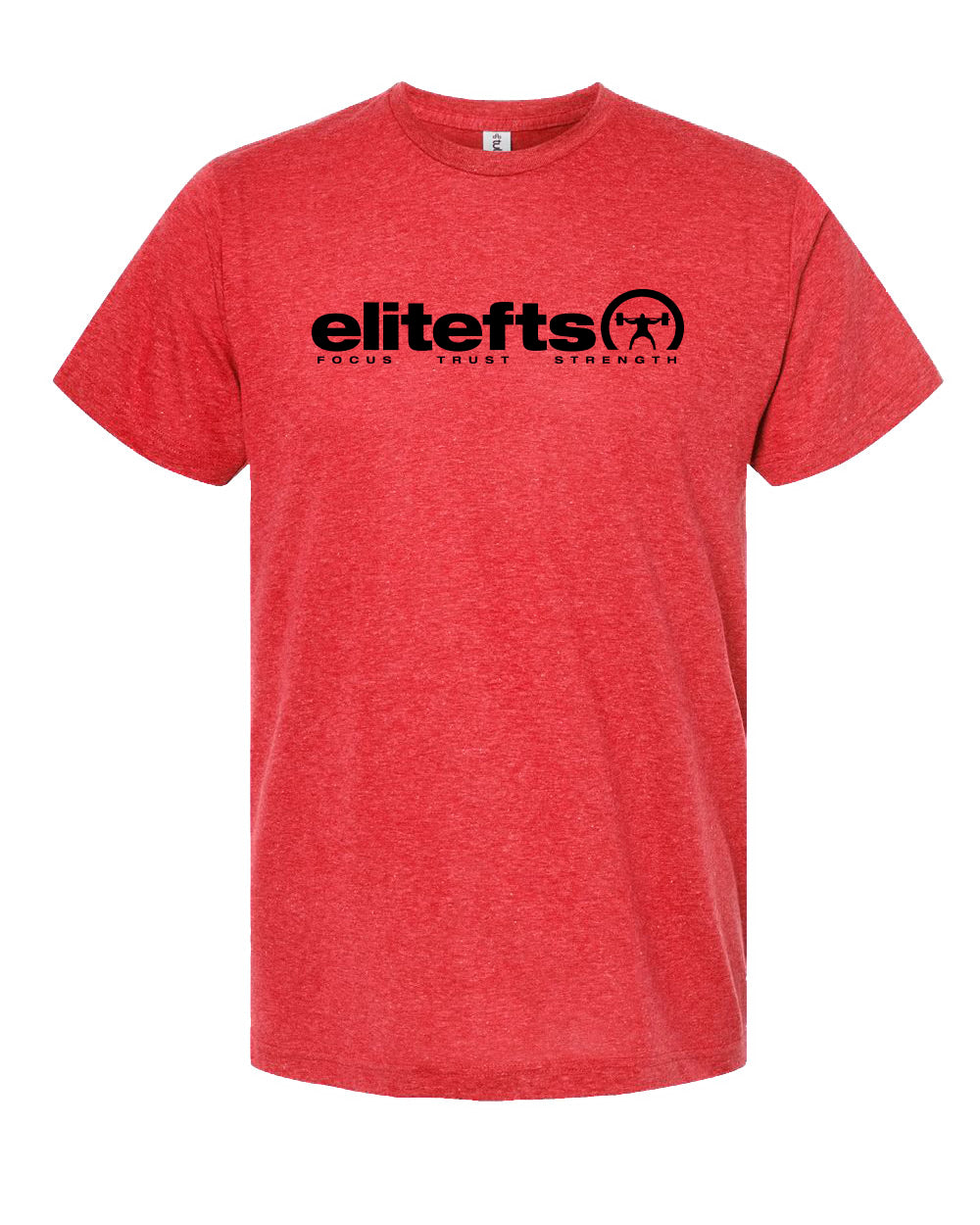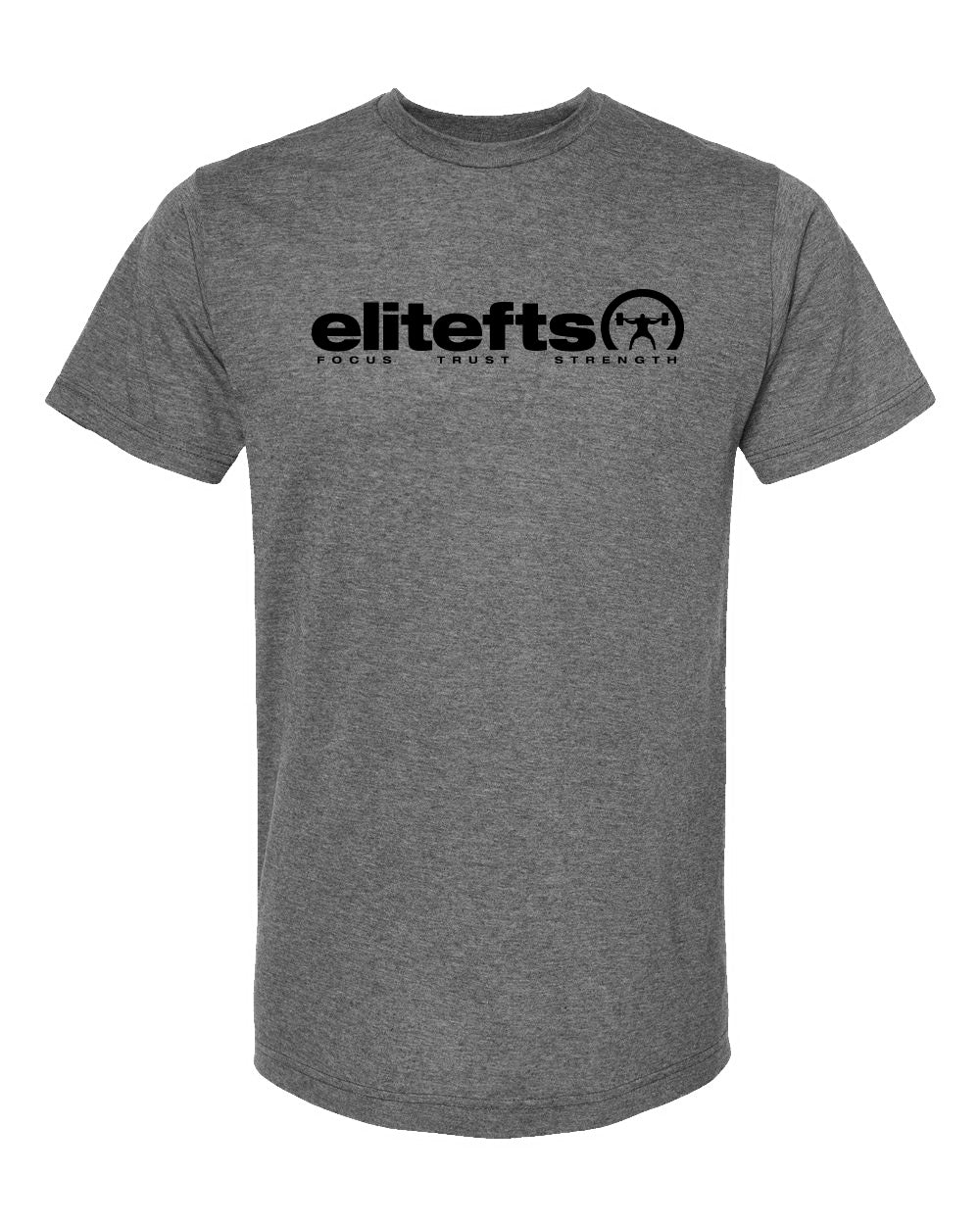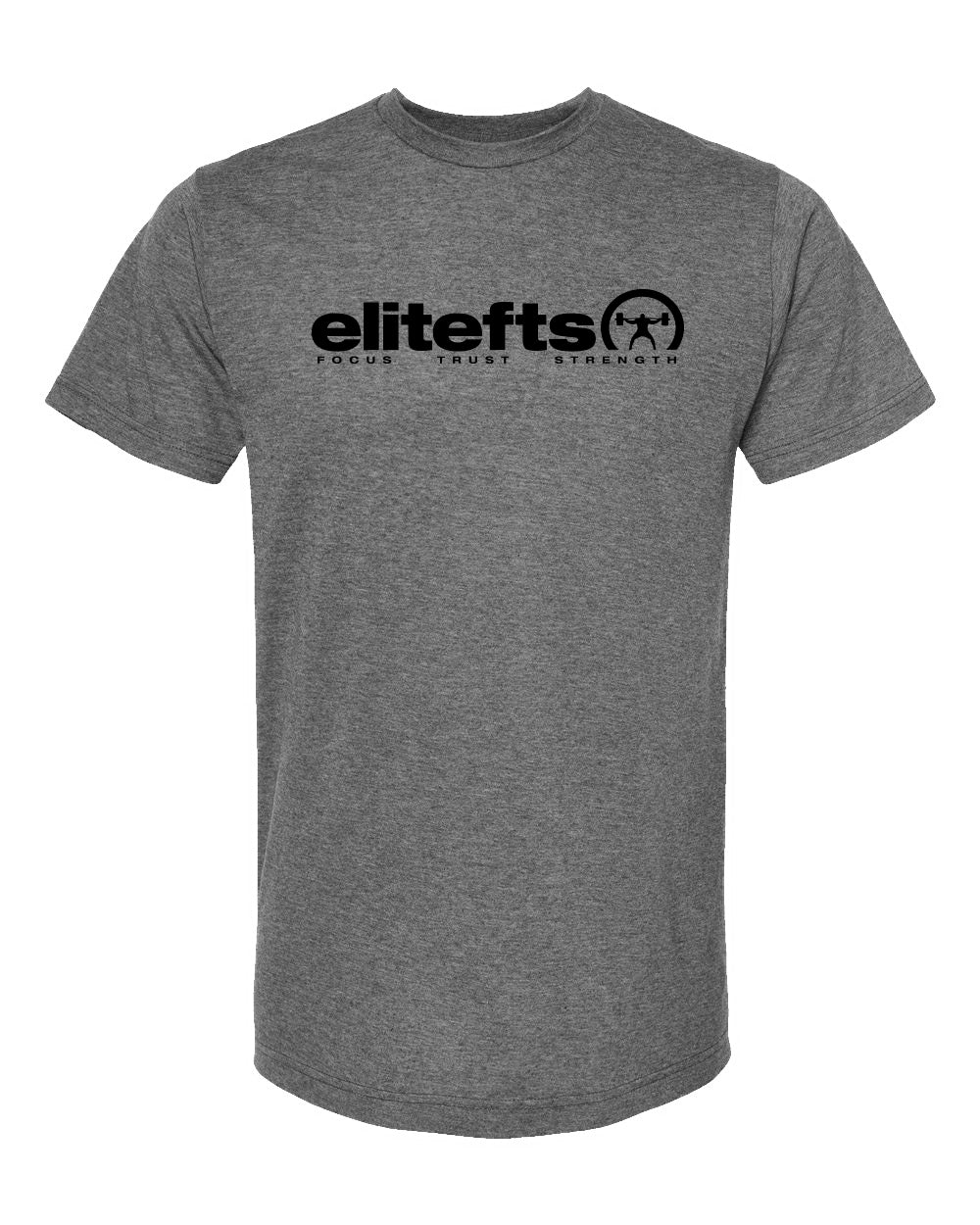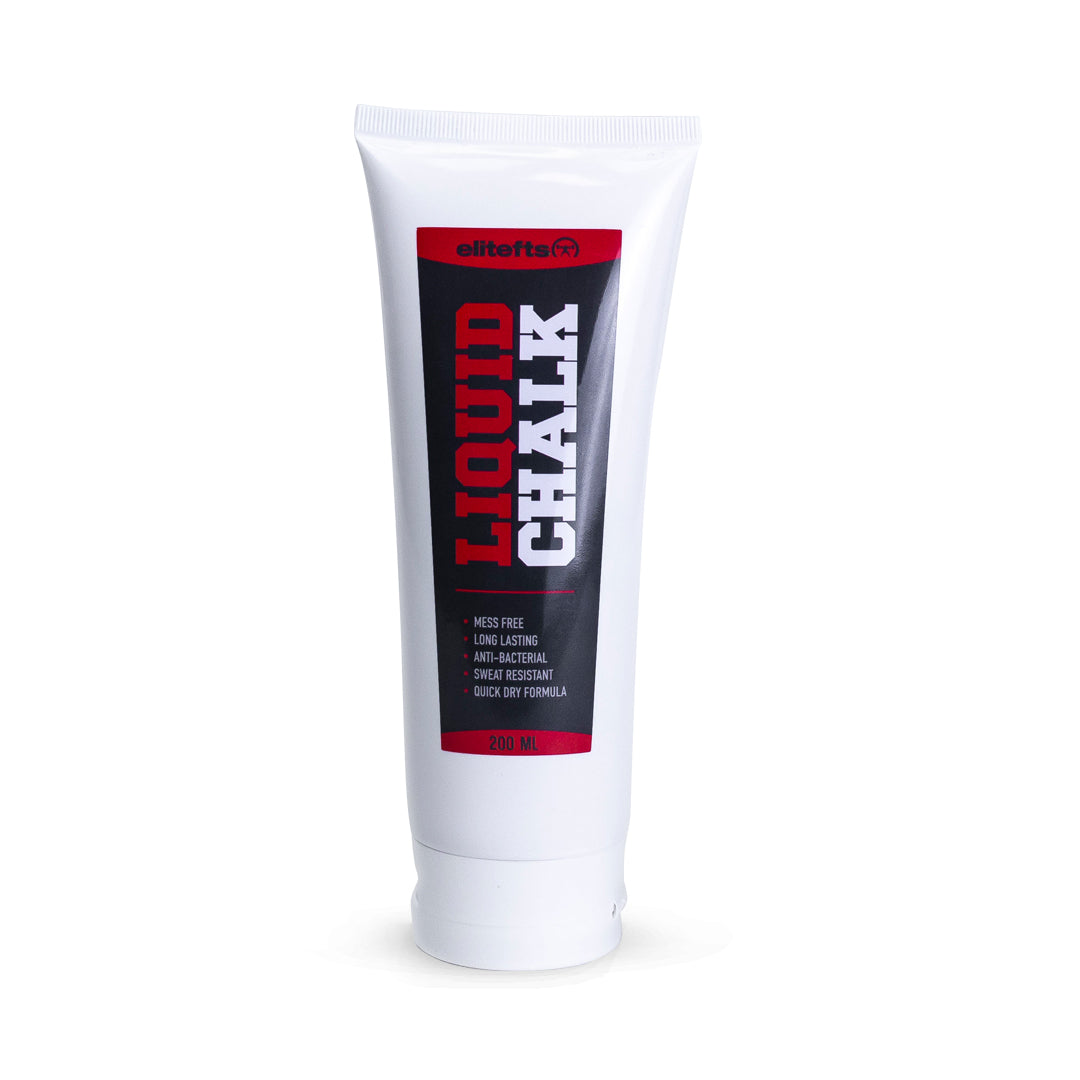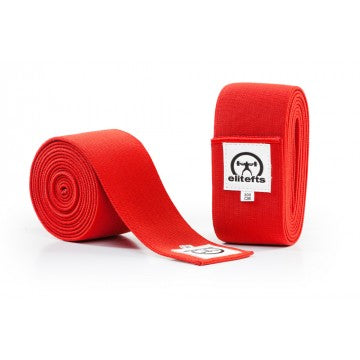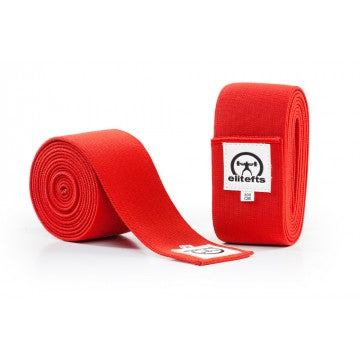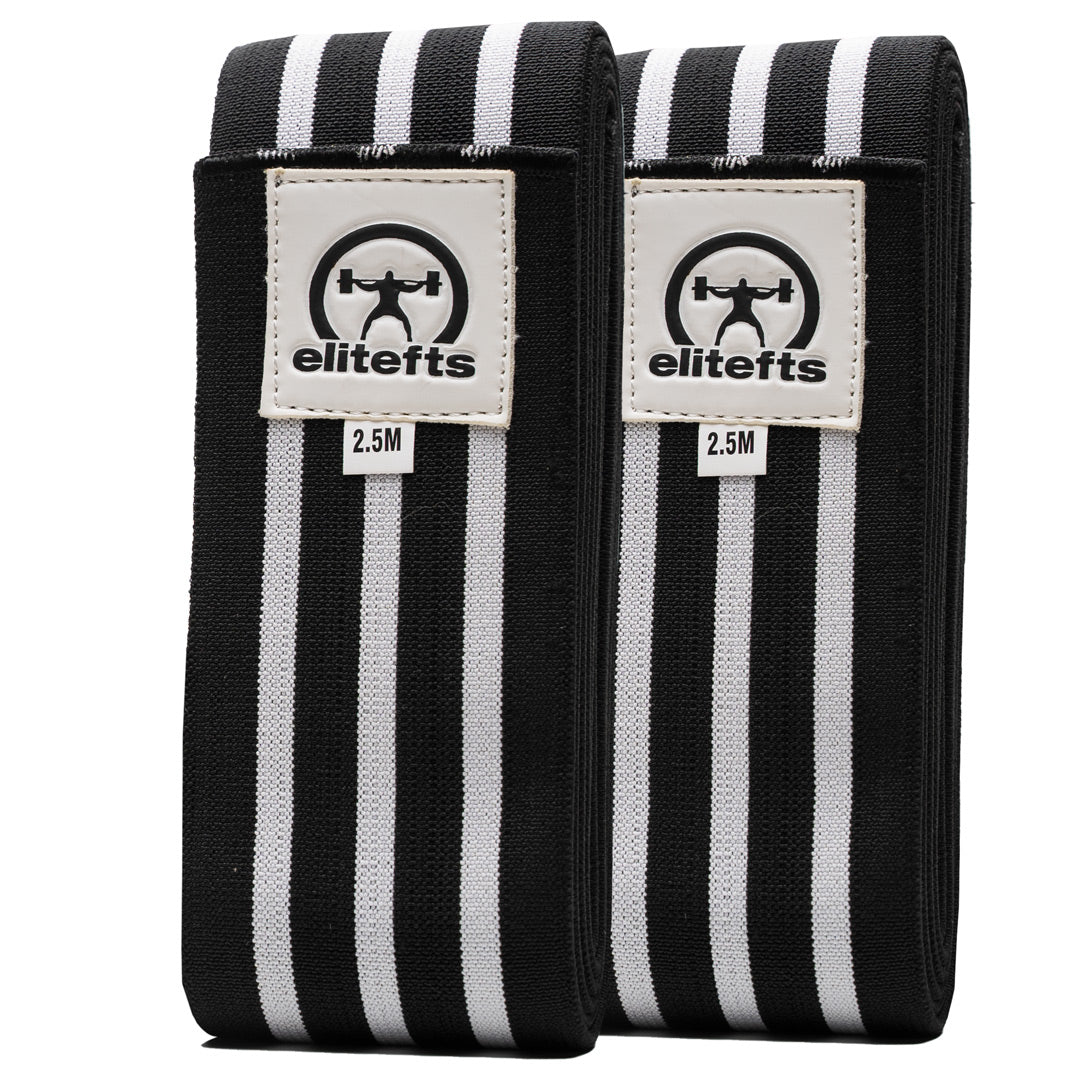bands/
chains/
gear/diet that you forget to actually work hard. Part of growing as a lifter and as a coach is learning how to organize all of these things, and doing so without letting them take you away from the basics of getting stronger. One example of an important detail of training is assistance work. Over the past several months I've begun training in multi-ply gear, and it has made me realize just how important this detail can be. Planning and being disciplined in the little things has helped my lifting crew at Duke’s Iron Zoo make steady progress and nail down weaknesses one at a time. One of the best things my training partners and I have started to do is sit down with Duke and talk through both our max effort work and assistance movements. This helps us make sure that we had a purpose behind everything we had planned for training that day. In all honesty, before we began doing this, some of us occasionally had the tendency to just throw our he gear on, work up to a quick max single, and then skip the assistance work in order to head home. While that is something you need to do sometimes, if you do it too often, those types of training habits are what can get you injured or stuck in a plateau very quickly. Ever since we have dedicated ourselves to not only getting enough volume in on max effort movements, but also to disciplining ourselves to train hard on assistance work, everyone’s training has continued to move forward. Whether it has been getting in sets with the
Yoke Bar after max effort work, or taking the time to do
GHRs and heavy ab training before heading home, the details have been making all the difference. We don’t put more importance on assistance work than we do our big lifts, but we do program them intelligently and discipline ourselves to do them. As long as you go about it the right way, making assistance work and special exercises more than just an afterthought can make a big difference in your training. I have seen these same principles at work from a coaching perspective during my time at The Spot Athletics. While the big lifts are a primary part of training an athlete, it goes much deeper than just throwing weight on his back and making him squat. Teaching lift progressions and correct motor patterns, as well as programming assistance exercises correctly, keeps athletes healthy and prepares them to compete at their given sport. Over-simplifying the role of a strength coach only does a disservice to everything that goes into preparing an athlete. Understanding all that goes into training will keep you humble and always growing in your knowledge as a coach. Assistance work is just one example of a detail that affects training. Other examples include technique, recovery, attitude, and even things like using your gear correctly. These details of training do make a big difference, despite what some people may say. Don’t paralyze yourself with over-analysis, but do take the time to think through your training and why you do what you do. Remember that big lifts and strong athletes are built brick by brick, and the details are the mortar that will hold them together.





